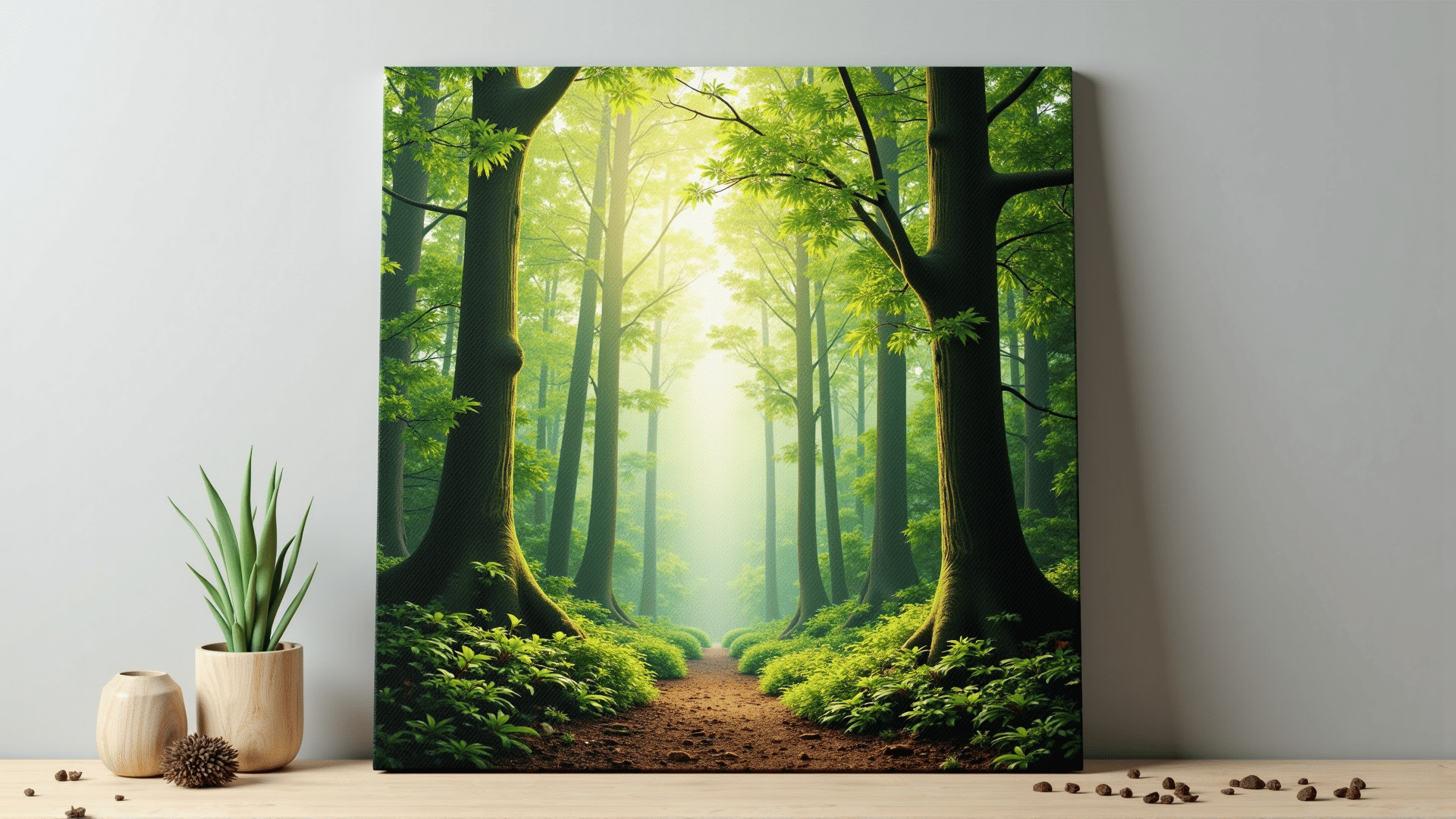In today's world, the emphasis on sustainability and environmental responsibility is more important than ever. Artists and creators are increasingly seeking materials that not only deliver on performance but also align with their values. Canvas, a staple in the artistic community, is undergoing a transformation as eco-conscious producers look for ways to reduce their environmental impact. By focusing on sustainability without compromising quality, eco-friendly canvas materials are setting a new standard in the art world.
One significant aspect of creating eco-friendly canvas is the selection of raw materials. Traditionally, canvases are made from cotton or linen. However, the cultivation of these crops can have substantial environmental impacts, including heavy water usage and pesticide application. Sustainable canvas manufacturers are turning to organic cotton and hemp as alternatives. Organic cotton is grown without synthetic fertilizers or pesticides, reducing its ecological footprint significantly. Hemp, on the other hand, grows quickly, uses less water, and actually enriches the soil in which it is planted, making it an outstanding choice for environmentally mindful canvas production.
Another innovation in sustainable canvases is the use of recycled materials. Some manufacturers are now producing canvases made entirely from recycled fabrics or plastics. These materials are repurposed into threads and woven into high-quality canvases, giving new life to what would otherwise be waste. This not only prevents materials from ending up in landfills but also cuts down on the resources needed to produce new textiles.
Eco-friendly production processes also play a critical role in sustainable canvas production. It involves minimizing the use of water and energy and using renewable energy sources wherever possible. For instance, some production facilities have incorporated solar panels or wind turbines to power their operations, thus reducing their carbon footprint. Additionally, non-toxic dyes and finishes are being employed to ensure that the processes are as environmentally benign as possible. This means artists can create vibrant, long-lasting works without worrying about the potential harm the materials might cause to the planet.
Beyond production, the durability and longevity of these eco-friendly canvases contribute to their sustainability. High-quality sustainable canvases are designed to last, reducing the frequency of replacement and thereby conserving resources. Artists can trust that their work will stand the test of time without requiring continual reinvestment in new materials.
Furthermore, as more artists choose sustainable options, they contribute to a growing demand for eco-friendly products that encourages more producers to invest in sustainable practices. This creates a positive feedback loop that can lead to broader changes within the industry, making sustainability not just an option, but the norm.
In conclusion, eco-friendly canvas materials are redefining what it means to create art responsibly. They offer a balance of quality and sustainability, ensuring that artists do not have to compromise on their work’s integrity or their values. As the art community grows increasingly conscious of its environmental impact, these materials represent a crucial step forward in the journey towards a more sustainable future.
